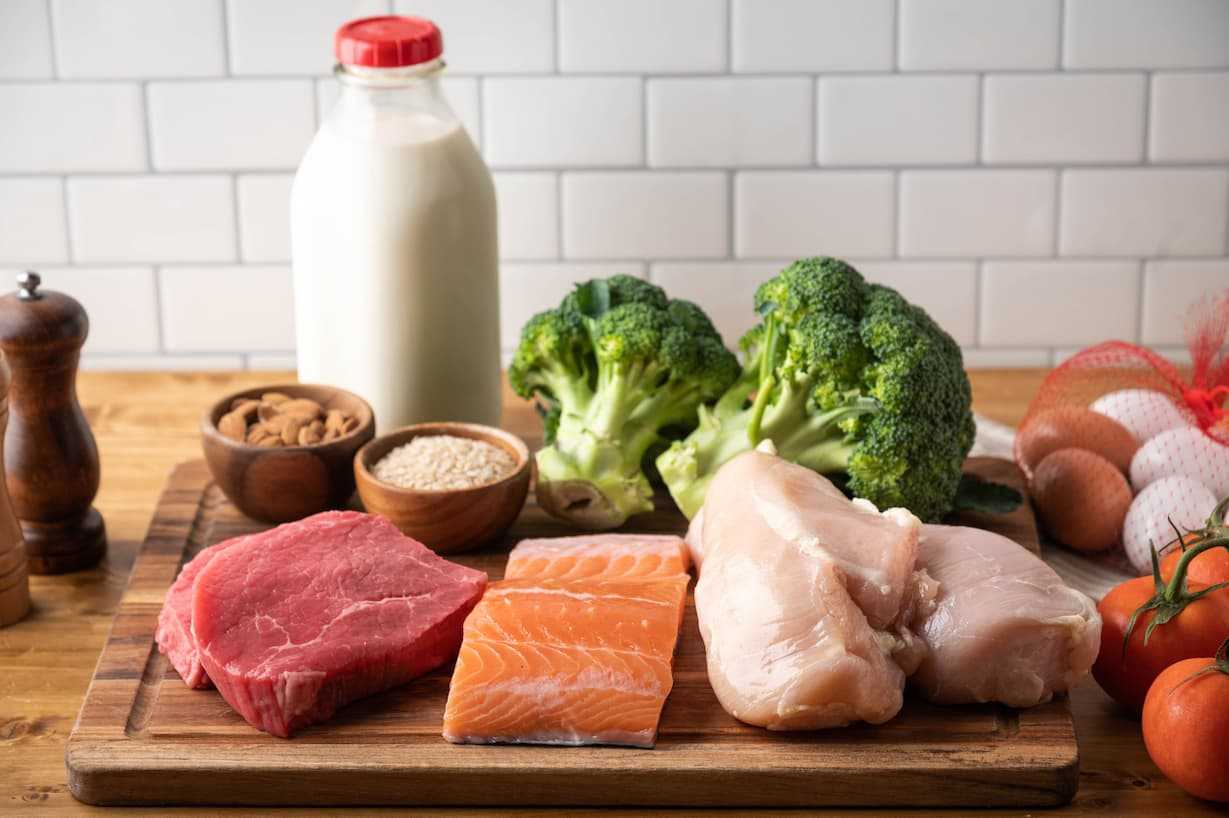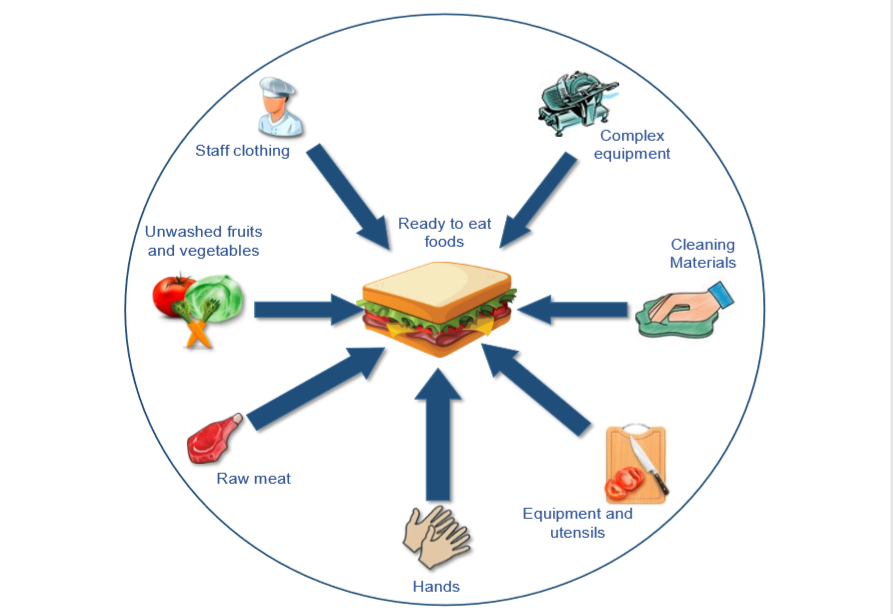Cross Contamination Is Best Described as
We didnt introduce mixed successes or fate points to 13th Age. Plant based no animal containing ingredients vegetable based and importantly be able to explain to customers why it is not described as vegan.
Preventing cross-contamination is a key factor in preventing foodborne illness.

. The most common example is the transfer of bacteria between raw and cooked food. A customer gets sick with E Coli after eating lettuce that was cut on the same cutting board as raw meat. Contamination is caused by improper handling storage and preparing of food improper sanitization and cleaning contamination pests and insects.
A key point to make. In the adoption life cycle there is a chasm gap between two adopter categories. Why should you only remove a limited amount of food from the cooler at any given time.
Cross-contamination is an important concept to be aware of when handling food and this quizworksheet will measure your understanding of it as well as how to prevent it. Which term best describes an innovation that concerns change in a component without changing how a system is configured. The best way to prevent this type of contamination is by following strict high-standard food hygiene practices.
Bacteria from one food transferring onto another type of food. What is contamination cross contamination. These could be viruses bacteria parasites and toxins being.
When bacteria from one food item is unintentionally transferred to another food item with harmful effect. The same cross-functional team described above should perform a comprehensive review of the process and environment for potential product cross-contamination vectors. Raw food touches or drips onto.
This is thought to. Musings on Cross Contamination. Some of those gases will cause the same chemical.
According to Webster the definition of cross contamination is an inadvertent transfer of bacteria or other contaminants from one surface substance etc to another especially because of unsanitary handling procedures. November 7 2017 Magician No Comments. Microbial contamination is the most common reason behind outbreaks of food poisoning.
When you do this you run the risk of making yourself or someone else extremely sick from the mix of bacteria. Coli and salmonella and can also help prevent allergic reactions. This is especially true when handling raw meat poultry eggs and seafood so keep these foods and their juices away from already cooked or ready-to-eat foods and fresh product.
The best practice in situations where vegan food cannot be guaranteed is to use descriptions such as. Cross-contamination is what happens when bacteria or other microorganisms are unintentionally transferred from one object to another. It is most likely to happen when.
Cross Contamination is best defined as D. Because of the real risk of cross contamination. What is cross contamination.
Cross-contamination is when bacteria spread between food surfaces or equipment. The process and processing environment should be observed during all shifts when all types of products are produced and when infrequent procedures are performed. Cross contamination is when bacteria from one ingredient contaminates another ingredient or dish causing harm to the person who eats it.
Since the sensors are exposed to the outside air any gases in the detection area will be able to reach the electrodes. To prevent time-temp abuse. On the other hand cross-contamination occurs when products that contain allergens to allergen-free products or raw foods to ready-to-eat foods.
Eliminating cross contamination is crucial to preventing food poisoning and other food-borne illnesses like E. Inadvertent transfer of bacteria or other contaminants from one surface substance etc to another especially because of unsanitary handling procedures With raw eggs as with raw chickens it is important to avoid cross contamination. Cooked meat products dairy products egg dishes etc High protein foodsSources.
Definition of cross contamination. When you cross contaminate something you are taking one bacteria and transferring it to something else. What are of cross contamination.
Use separate utensilsbowls forks knives counter tops and cutting boardsfor raw chickens or eggs and. Cross-contamination refers to the transfer of disease-causing agents from one point to another usually in a food preparation setting. Having impeccable personal hygiene and taking time off from work when you are ill.
However the cross contamination of ideas described in the first paragraph is not as overt. There is no scientific term as contamination in agriculture its an ideological designation used to demonize the historically natural phenomenon of cross. Which adopter category precedes and which adopter category follows the chasm.
Cross-Sensitivity Cross-contamination occurs when other gases cause a chemical reaction at the sensors electrodes. Cross-contamination is the transfer of harmful bacteria to food from other foods cutting boards and utensils if they are not handled properly. With raw eggs as with raw chickens it is important to avoid cross contamination.
And purists declaring youre having fun wrong are best left to their own strictly regimented hells. Which of the following best describes Cross-Contamination. Cross Contamination is the term used to describe the transfer of bacteria from a source to a high risk food eg.
Cross-contamination is the physical movement or transfer of harmful bacteria from one person object or place to another. Cross-Contamination is the procedure by which germs bacteria or other microorganisms are accidentally transferred or transported from one substance or object to another and one human to another with a very harmful effect.

What Is Cross Contamination Definition Examples Facts Video Lesson Transcript Study Com

Fsa Wants Views On E Coli O157 Guidance Revision Food Safety News

No comments for "Cross Contamination Is Best Described as"
Post a Comment